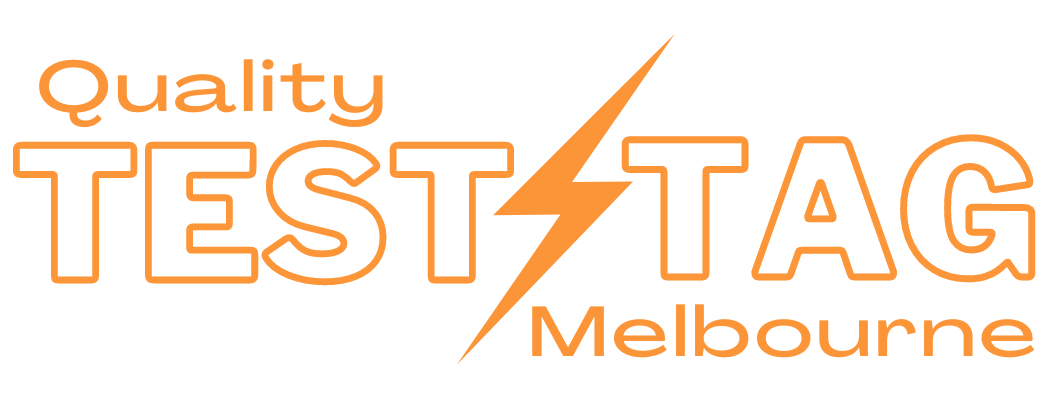Are you aware of the importance of testing and tagging in workplace safety?
Testing and tagging refers to checking electrical equipment to ensure it is safe. It involves inspecting the equipment for any faults or defects, conducting electrical tests to assess its safety, and affixing a tag to indicate that the equipment has been tested and is safe to use.
In today’s fast-paced and technology-driven world, electrical equipment is an integral part of our daily lives at home and in the workplace. However, faulty or unsafe electrical equipment can pose serious risks, such as electrical shocks, fires, or even fatalities.
This is where testing and tagging comes in. By regularly testing and tagging your electrical equipment, you can identify any potential hazards and, take appropriate measures to prevent accidents and ensure the safety of everyone in the workplace. So, let’s dive into the testing process and learn how to test and tag effectively for a safer work environment.
Understanding the Testing Process
To understand the testing process, you need to visualize it as a series of steps that involve checking, analyzing, and verifying the product’s functionality. The first step is to identify the testing objectives and determine what needs to be tested. This involves understanding the requirements and specifications of the product and creating a test plan.
The second step is to design the test cases that will be used to check the product’s functionality. This involves creating a set of inputs and expected outputs for each test case. Once the test cases have been designed, the next step is to execute them. This involves running the tests and recording the results.
Finally, after the tests have been executed, it’s important to analyze the results and verify whether the product meets the expected functionality. This involves comparing the actual and expected results and identifying any discrepancies. By following these steps, you can ensure a thorough and effective testing process.
Importance of Testing and Tagging for Workplace Safety
Ensuring workplace safety is crucial, and one way to do this is by conducting thorough inspections and clearly labeling equipment. Testing and tagging play a vital role in maintaining a safe working environment.
By regularly testing electrical equipment, you can identify any faults or potential hazards before they become a danger to employees. This proactive approach helps prevent accidents, injuries, and even fatalities resulting from faulty or malfunctioning equipment.
Additionally, tagging equipment with clear and visible labels provides important information such as inspection dates and test results. This allows employees to quickly and easily identify if a piece of equipment has been tested and deemed safe to use or requires further attention or maintenance.
Regular testing and tagging also ensure compliance with safety regulations and standards. Many countries have specific regulations requiring businesses to test and tag their electrical equipment regularly. By adhering to these regulations, you create a safer work environment and avoid potential legal consequences and penalties.
Testing and tagging also demonstrate your commitment to the well-being of your employees, which can boost morale and productivity. Employees feel reassured knowing that their workplace is actively taking steps to ensure their safety.
Overall, testing and tagging is an essential practice that helps create a safe and compliant workplace while also promoting employee confidence and well-being.

